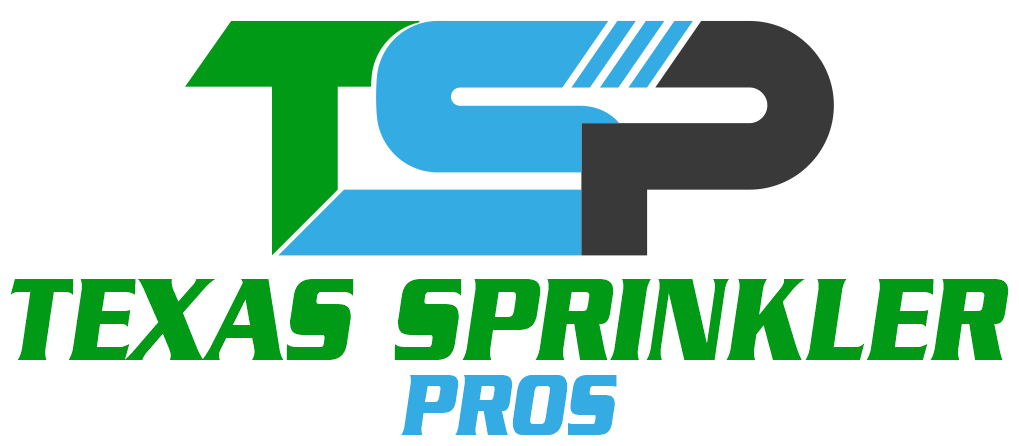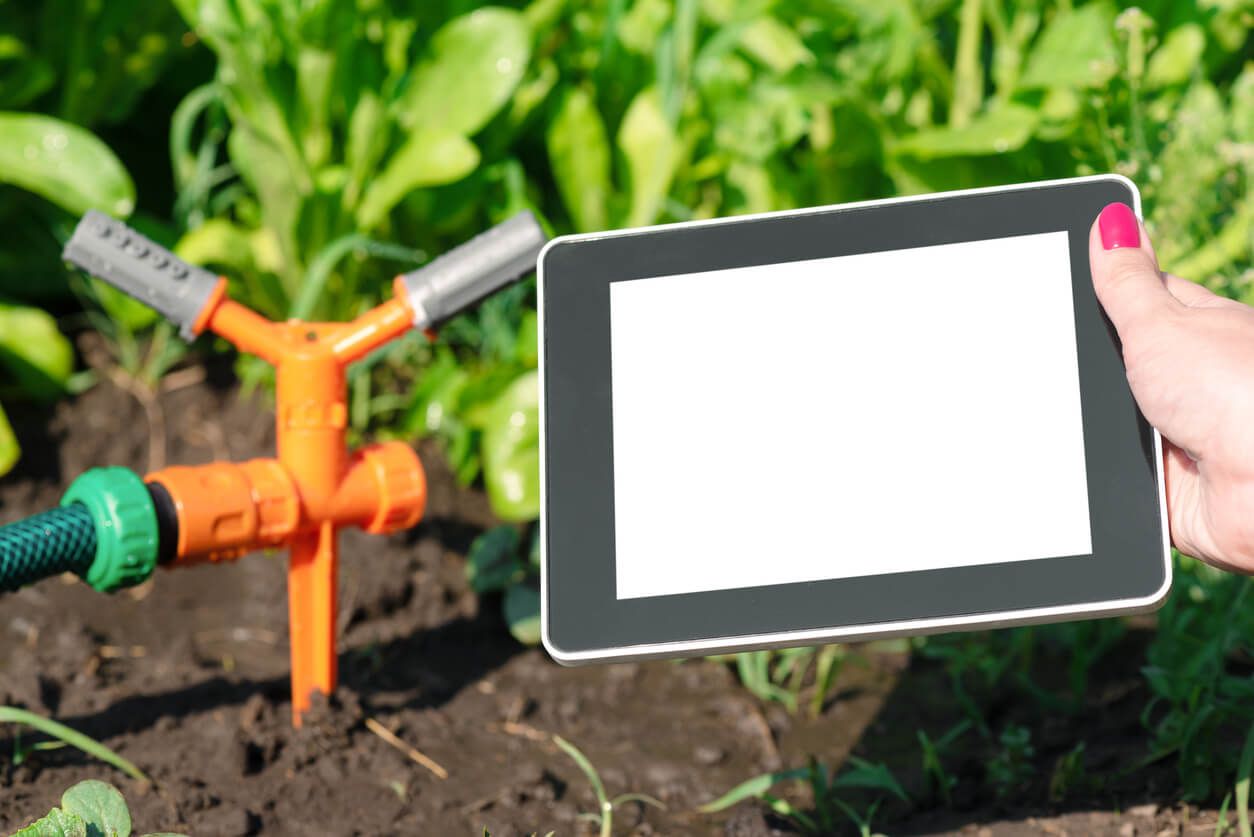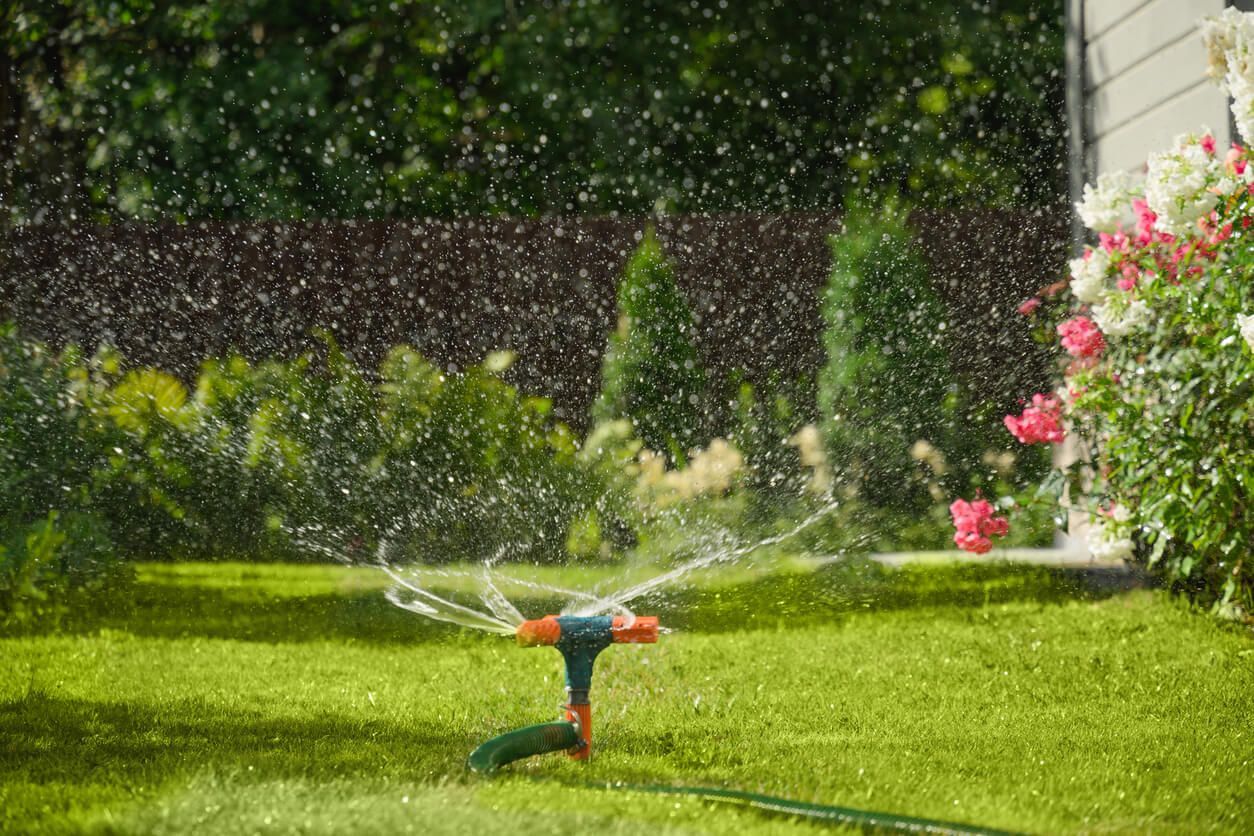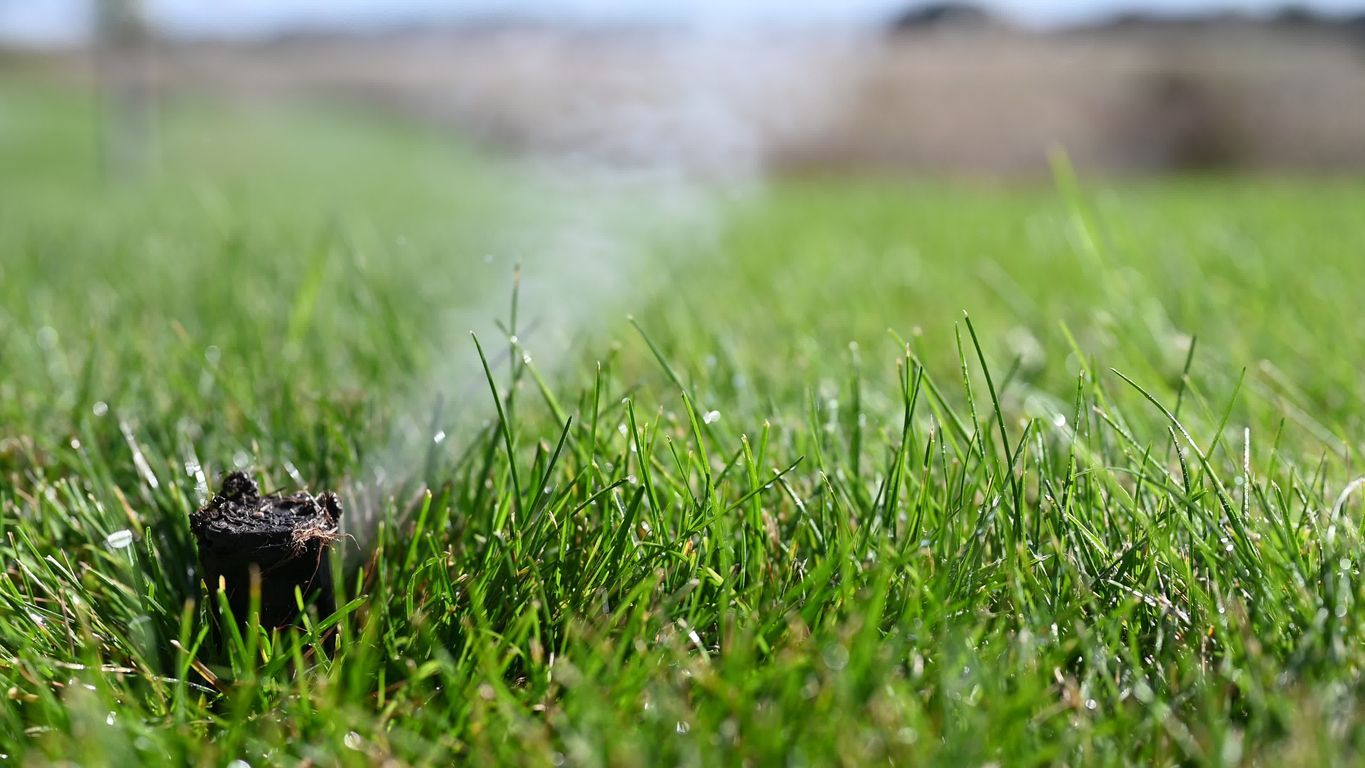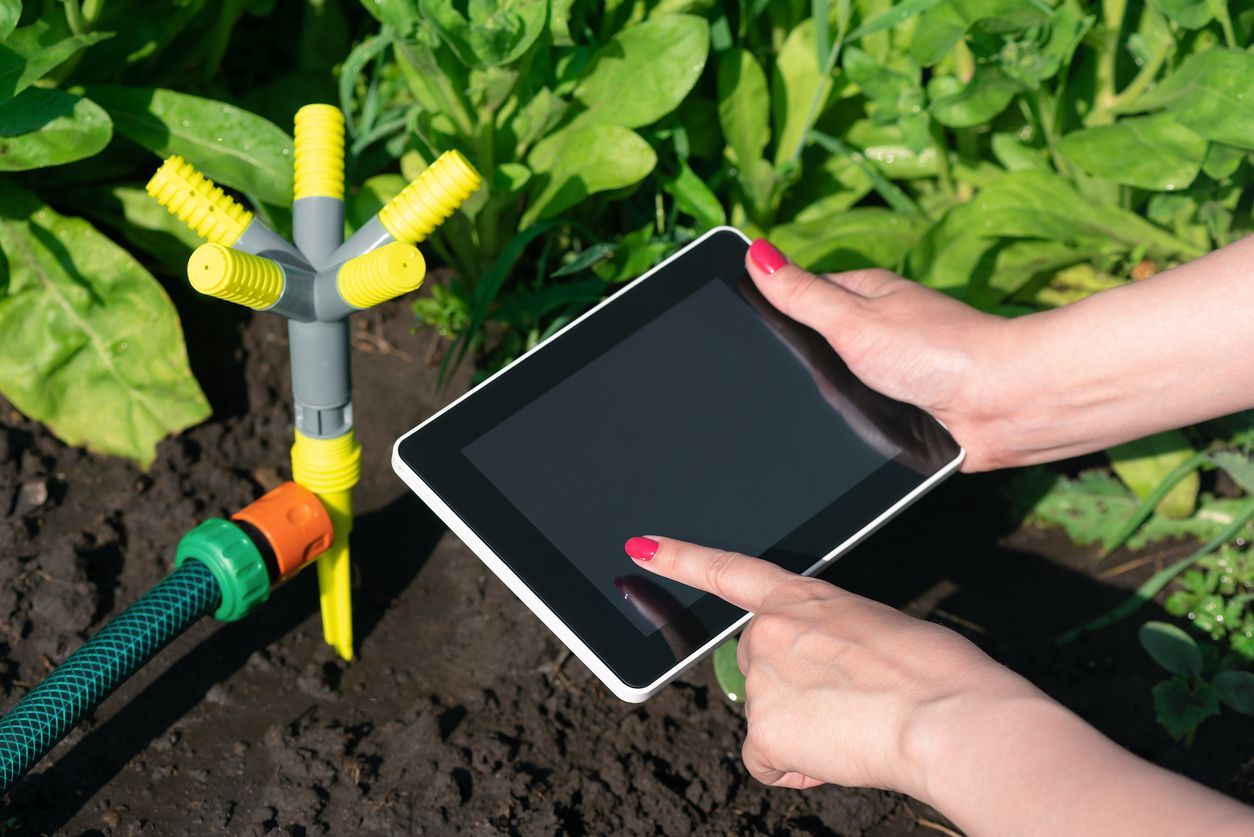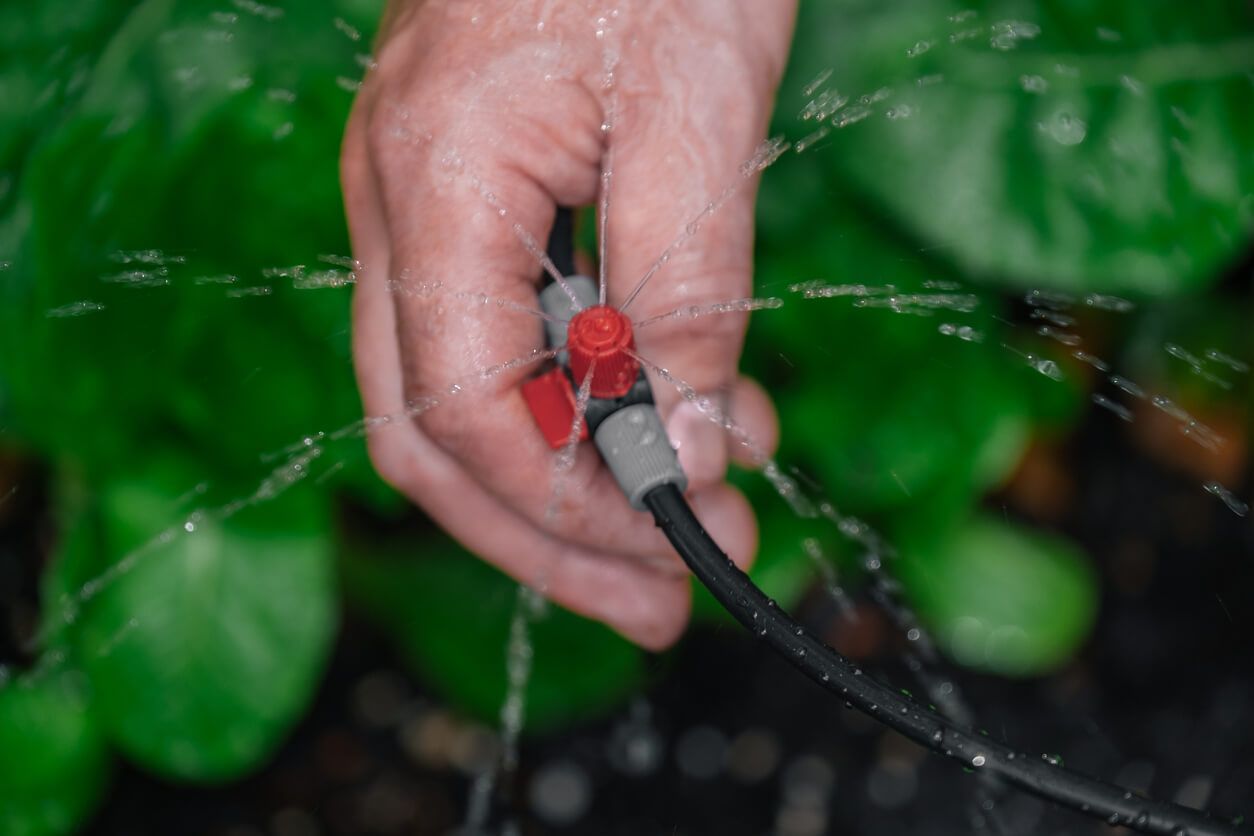How to Choose the Right Sprinkler System for Your Lawn
A green lawn requires consistent, effective watering—but not every yard is the same, and neither are all sprinkler systems. Instead of relying on hand watering, which can be time-consuming and inefficient, installing the right irrigation systems helps keep your grass healthy while also conserving water and saving time.
To choose the best sprinkler system, assess factors like your yard’s temperature conditions, hazard levels, and environmental characteristics to make the most effective and safe selection.
What to Consider When Choosing a Sprinkler System
Picking the right system means looking beyond just the cost. Here are important considerations:
Lawn Size and Entire Area Covered
Choosing the right sprinkler depends greatly on the size of your lawn and the total area that needs watering. Stationary sprinklers work well for small gardens, while traveling sprinklers are better suited for large yards. Proper coverage provides your lawn with enough water without wasting any.
Distance from House and Structures
It's important to maintain a safe distance between sprinklers and your house or fences. This prevents water from damaging foundations and avoids overspray onto hard surfaces. Correct placement delivers efficient irrigation coverage.
Soil Type
Soil texture, too, dictates absorption and retention. Sandy soils will absorb and drain faster, meaning you'll need to water more on any given day, while clay holds moisture for longer. Knowing the soil type helps you choose the best watering schedule and sprinkler type.
Climate
Your local climate influences the type of sprinkler system and watering frequency needed. Hot, dry regions often require systems that deliver water efficiently with minimal evaporation. Cooler, wetter climates may allow for less frequent watering.
Plants and Trees
Various plants, trees, and shrubs have unique water requirements. Tailoring your sprinkler system to accommodate these needs helps maintain healthy vegetation. Grouping plants by their water needs can improve irrigation efficiency.
Slopes and Terrain
Sloped or uneven terrain can cause water runoff and uneven distribution. Place sprinklers with these features in mind to achieve even watering. Adjusting watering times and flow rates can help mitigate runoff.
Water Supply and Pressure
Adequate water pressure is essential for many sprinkler types to function correctly. Low pressure can lead to uneven coverage, while excessively high pressure may cause misting and water waste. Knowing your water supply capacity helps in selecting the right system.
Installation and Maintenance
Proper installation prevents leaks and maximizes sprinkler efficiency. Regularly clean the heads and check for clogs to maintain consistent operation. Well-maintained systems save water and extend equipment lifespan.
Lawn Irrigation Options to Choose From
Here are the different types of sprinkler systems and how they fit into your landscape.
Stationary & Hose End Sprinklers
Stationary sprinklers attach directly to a hose and water a fixed spot with a set spray pattern, making them ideal for small areas. Their simple operation and cost-effectiveness are benefits, but they offer limited coverage and need to be moved frequently to water larger spaces.
Oscillating and Traveling Sprinklers
Oscillating sprinklers create a fan-shaped spray that suits rectangular lawns, while traveling sprinklers move across the ground to cover larger or irregularly shaped areas. Both require decent water pressure to operate effectively and provide broad coverage with minimal effort.
Impact and Spray Head Sprinklers
Impact sprinklers produce large water droplets that resist evaporation and can irrigate wider areas, making them suitable for lawns exposed to wind. Choosing the right sprinkler head with adjustable spray nozzles allows for customized coverage to meet your lawn’s specific watering needs.
Drip Irrigation Systems
Drip irrigation supplies water straight to the base of plants, greatly minimizing both runoff and evaporation. This system is excellent for gardens, flower beds, and trees, especially in drought-prone regions where conserving water is a priority.
Automatic Sprinkler Systems
Automatic sprinkler systems use timers or control devices to automate watering schedules, making lawn care more efficient and less labor-intensive. These systems suit busy homeowners who want a hands-off approach while keeping their lawn consistently watered.
Comparing the Various Types of Sprinkler Systems
| Type | Best For | Pros | Cons |
|---|---|---|---|
| Stationary Sprinklers | Small areas, spot watering | Simple, cost-effective | Limited coverage |
| Oscillating Sprinklers | Rectangular lawns | Broad, even spray | Uneven with low pressure |
| Traveling Sprinklers | Large/irregular lawns | Covers wider ground | Needs strong water flow |
| Impact Sprinklers | Large droplets | Wind-resistant, covers more area | Noisy, less precise |
| Drip Irrigation | Beds, shrubs, efficient | Conserve water, less runoff | Not for turf |
| Automatic Sprinklers | Any lawn, busy owners | Time-saving, efficient | Initial setup cost |
| Hose-End Sprinklers | Temporary watering | Portable, versatile | Labor-intensive |
What Are the Advantages of Having the Right Sprinkler System for Your Lawn?
Choosing the appropriate sprinkler system offers numerous benefits that go beyond simply watering your grass. Here are some key advantages to consider:
- Efficient Water Use. The right sprinkler system delivers water precisely where and when your lawn needs it, reducing waste and conserving this valuable resource. This efficiency helps lower your water bills while supporting environmental sustainability.
- Healthier Lawn and Plants. Proper irrigation encourages deep root growth and prevents overwatering or underwatering. Consistent moisture levels help maintain vibrant, green grass and thriving plants.
- Time Savings. Automated sprinkler systems take the guesswork and manual labor out of watering, freeing up your time for other activities. Scheduled watering keeps your lawn healthy, even when you're busy or away.
- Customized Watering. Different sprinkler types and settings allow you to tailor watering patterns to suit your lawn’s shape, soil type, and plant needs. This customization helps avoid dry spots, runoff, and water pooling.
- Reduced Runoff and Erosion. By controlling water flow and timing, the right system minimizes runoff that can erode soil and carry fertilizers or pesticides into storm drains. This protects both your yard and the surrounding environment.
- Adaptability to Climate: Modern sprinkler systems can be adjusted to accommodate seasonal changes, rainfall, and temperature variations. This flexibility helps maintain optimal watering throughout the year.
- Improved Property Value: A well-maintained, lush lawn can increase your home’s market value. Investing in a quality sprinkler system is an investment in your property’s overall appearance.
- Convenience and Peace of Mind: Knowing your lawn is consistently cared for with minimal effort provides peace of mind, especially during hot or dry periods. The right system keeps your outdoor space healthy and attractive with less effort.
Ready to Upgrade Your Lawn’s Irrigation? Contact Texas Sprinkler Pros Today!
From impact sprinklers to drip irrigation and automatic systems, the right choice for your lawn depends on your yard, water supply, climate, and expectations for convenience and efficiency. Thinking about water flow, pressure, and soil will help your system function properly—keeping your grass, plants, and trees thriving while reducing waste and runoff.
Don’t settle for guesswork when it comes to your lawn’s health. At
Texas Sprinkler Pros, our experienced team specializes in sprinkler systems that are customized to your property’s unique needs. We apply the latest technology and expert knowledge to provide efficient watering, reduce utility costs, and create beautiful, thriving landscapes throughout the year.
Call us today and experience the peace of mind that comes from working with true irrigation professionals. Your dream lawn is just one call away!

